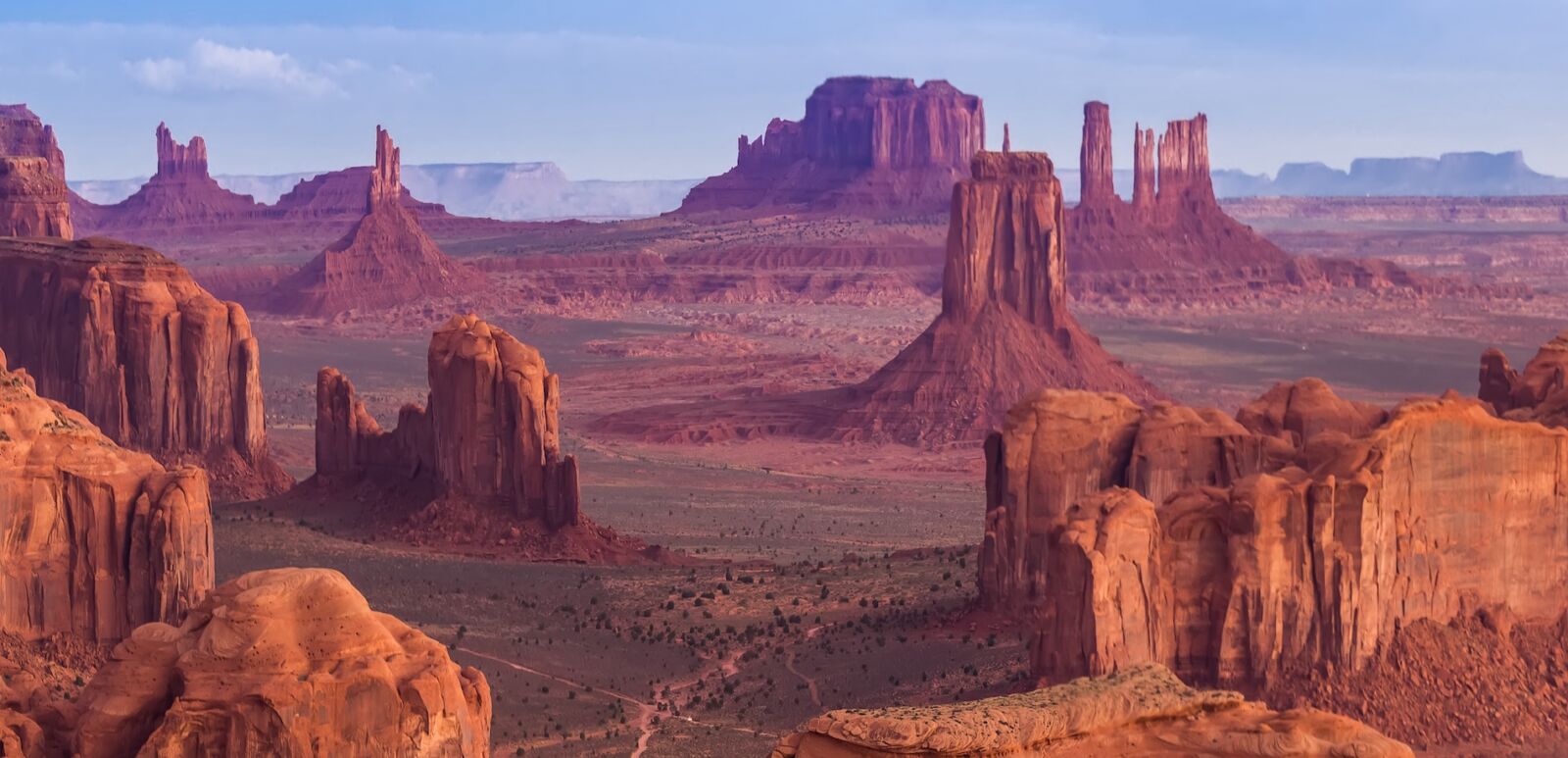If you’re looking for a way to commemorate Indigenous Peoples’ Day, it’s time to show the receipts. Put your long weekend to good use by exploring some of this country’s most beautiful landscapes and learning about them through the eyes of those who have been here the longest and know the most. Some of these Indigenous tours are info-heavy affairs that reflect our country’s brutal history, while others offer a different look at gorgeous mesas and wildflower fields. There’s even a few lodgings and a cruise. Yet all are guided by tribal members who can share the community’s authentic culture and our national history. Let’s see those tour receipts.
Blackfeet Tours
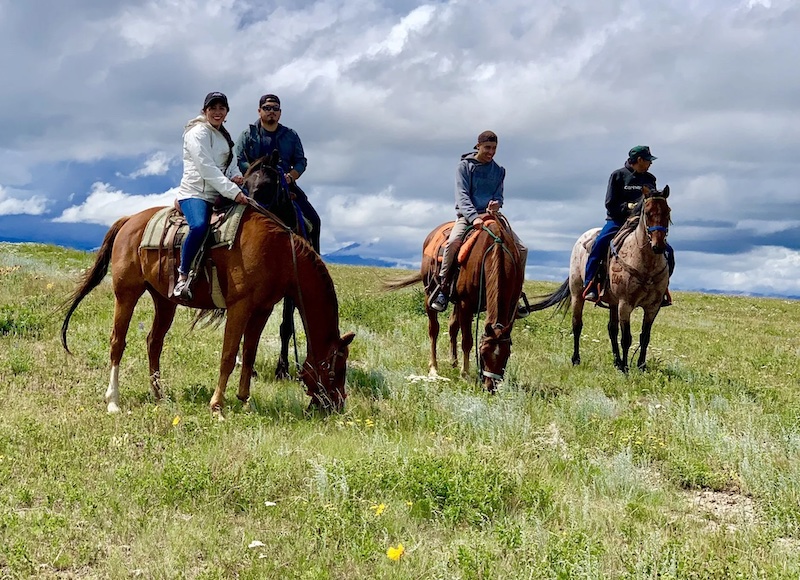
East Glacier Park Village, Mont.
If you’re visiting Glacier National Park but are looking for an adventure, Blackfeet Tours takes you off the road and into the wild. Owned and operated by Naatoyii Miistaki Oh’kitoopii, or “Holy Mountain Rider,” these tours let you enjoy Glacier’s natural beauty without paying the park’s ticketed entry. Blackfeet elders educate their tour groups about present-day issues facing the tribe, including oil and gas drilling and tribal sovereignty. These tours, which are active and last over six hours, are for curious minds and adventurous spirits. The day-long hike through the Badger-Two Medicine, a sacred spot of land next to Glacier Park, includes lunch and goes for 7 miles up an elevation of 400 feet. Along the way, the guide will explain the significance of the wildflowers, the flowing creeks and the mountain peaks. If you’ve hiked enough and want a new way to soak up the western mountains, hop on the horseback tour, also guided and narrated, also with lunch included. If you’re into fishing, Blackfeet Outfitters — a branch of the same tour group — run backcountry fly fishing trips, too. But for the non-Montanan tourists, the hike or ride might be a more comfortable bet.
Cherokee Nation group tours
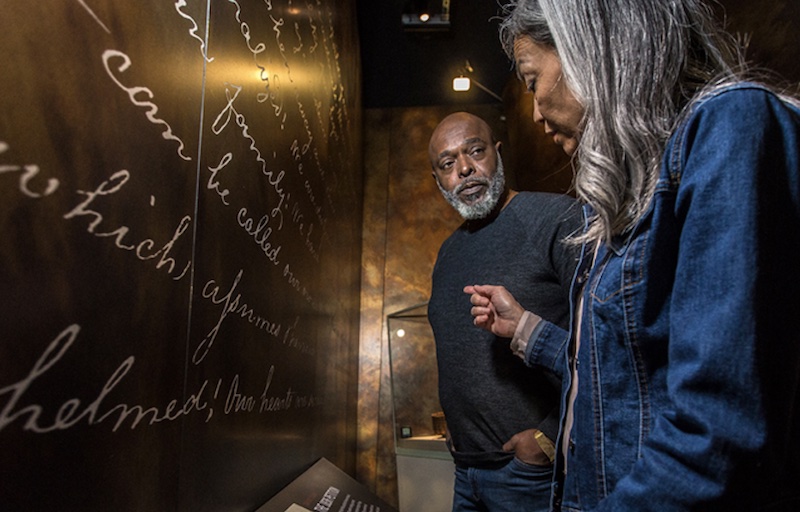
Tahlequah, Okla.
Cherokee Nation has created a robust infrastructure for visitors to learn about the tribe’s history, present and future. Cherokees have lived in the Americas for thousands of years; etchings from 2500 B.C.E. show evidence of Cherokee hunting maps. Educational tours take you through the tribe’s history in the area with programs like the Cherokee History Tour and a tour of Sequoya’s Cabin Museum, a 1829 log cabin built by Sequoyah, who created the Cherokee written language. Visit the Cherokee National Supreme Court and the Cherokee National History Museum. This will be a solemn and information-heavy visit that reflects the centuries of state-sponsored violence. But the tours and museums are free, and Tahlequah, Okla., is dripping with Midwestern charm: flat storefronts, a wide river and rich, saturated sunsets.
Experience Hopi hotel and tours
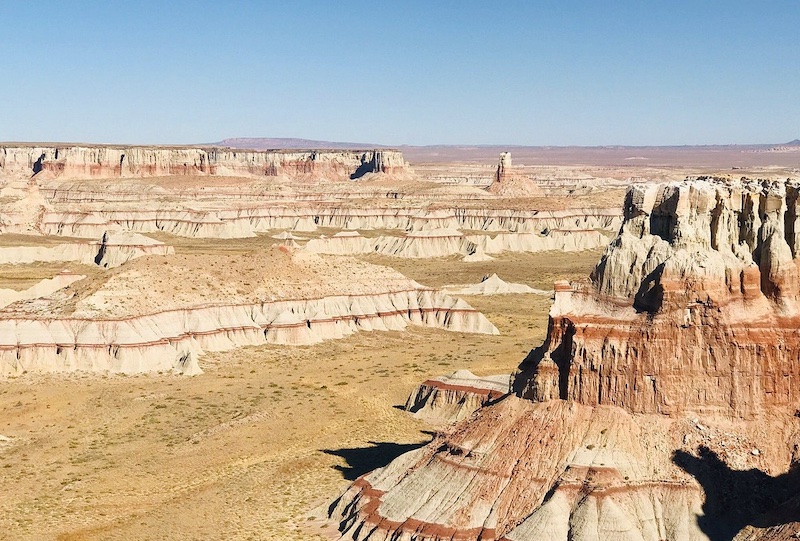
Tuba City, Ariz.
Opened by Hopi elders to gather and educate visitors, the Moenkopi Legacy Inn & Suites and Experience Hopi Tours immerse you in Hopi culture at the entryway to tribal land in the Upper Village of Moenkopi, just outside what is now known as Tuba City, Ariz. A Hopi guide will lead you through the mesas, stopping at the abandoned Hopi village of Old Oraibi, which dates back to approximately 1100 C.E., the Moenkopi Fields to discuss Hopi agriculture practices and various Hopi Arts Trail stops, including museums and potters. The tour concludes after lunch with an “enchanting story” at Prophecy Rock. If you’re interested in Hopi culture, this is your one-stop shop, and a beautiful place to spend a night or two on a Southwestern road trip. You can also book a stay at the hotel, which blends Hopi aesthetics and fabrics with western desert architecture: orange and yellow walls, tall wooden poles, woven rugs.
Navajo Spirit Tours
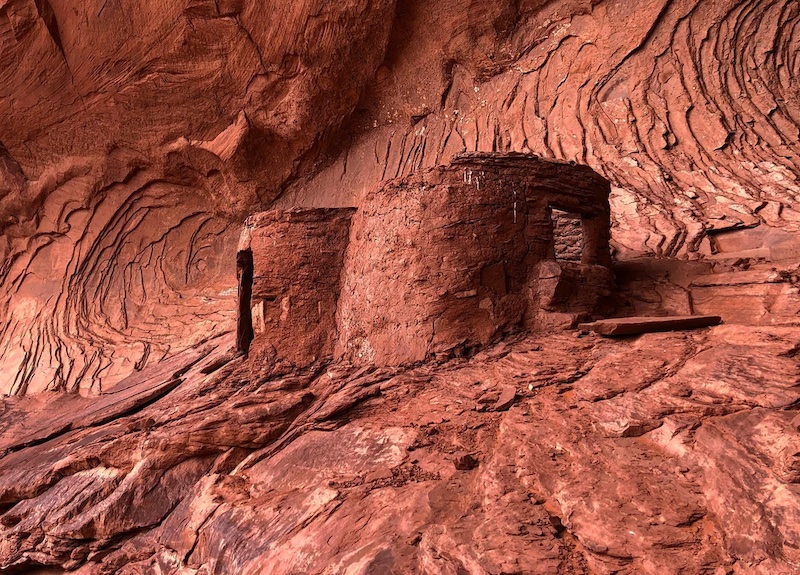
Oljato-Monument Valley, Ariz.
Navajo Nation’s Monument Valley Tribal Park is best at sunset: the intense desert heat begins to dim, and the low orange sun sets the iconic buttes alight. While the park’s natural beauty is enough to make it worth a visit, Navajo Spirit Tours — owned by Navajo educator and storyteller Garry Holiday and his family — uses the dramatic landscape as a setting for sharing Navajo history, culture, narrative and music. On the Mystery Valley Tour, you will be guided through natural arches and ancient ruins, learning about their spiritual importance to the Navajo people. The tours last between 2.5 to 3.5 hours and take you around the sandstone rock formations in an open-air truck, which lends the whole tour a sense of adventure. (Closed vehicles with AC are available if you prefer.) The company also runs a Monument Valley Photography Tour, taking you to prime photo locations and giving you time to set up a tripod.
Sitka Tribal Tours
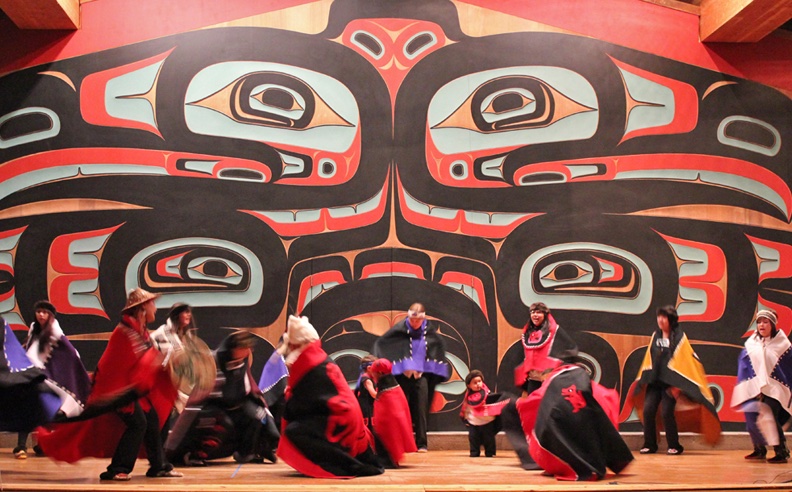
Sitka, Alaska
With a population of around 8,500 people, Sitka is the fifth-biggest city in the state of Alaska. Though not a heavily populated state, Alaska is home to unbelievable natural beauty, and to 228 federally recognized Indigenous tribes. Sitka Tribal Tours focus not just on the recent history of colonization, but on the natural tribal history that extends back to the last ice age. The 2.5-hour Explore Sitka Cultural Tour takes you through the scenic city and into Sitka National Historical Park, where you can learn about the forest’s medicinal plants, the history of tribal totems and river fishing practices. The tour ends in the park’s museum, which showcases Tlingit artists, followed by the traditional Naa Kahídi Dance Performance accompanied by a box drum as cedar burns through the room. The Raptor Tour adds an hour to the day and includes a visit to the Alaska Raptor Center, where injured bald eagles are rehabilitated to be released back into the wild. While in Sitka, you can scuba dive, surf, snorkel and go ocean-rafting and fly-fishing; Sitka Tribal Tours offer custom tours that include your activity of choice.
Sun Tours
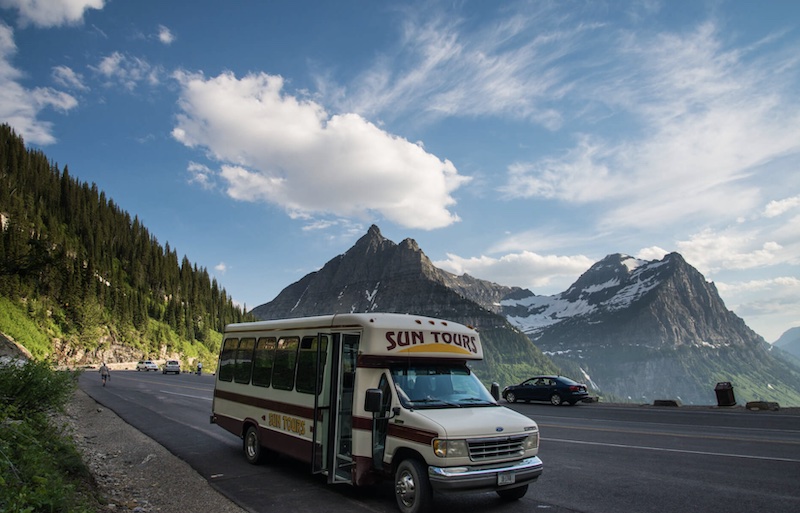
East Glacier Park Village, Mont.
Around 3 million people visit Glacier National Park each year, but few know that the park is part of the Blackfeet Tribe’s ancestral territory, and that the current Blackfeet Reservation is just east of the park. Sun Tours, a Blackfeet-owned tour group, takes tourists up the iconic Going-to-the-Sun-Road — the only road that crosses the whole park, taking you up 6,646 feet into the mountains against dramatic drops, with stops along the way for hiking, camping and photo ops. The drive up the road is dramatic and potentially treacherous — the Sun Tours van means you don’t have to worry about driving or parking. The Blackfeet guides will give you the inside scoop into Glacier’s animals and plants, and if you’re lucky, they might break out a guitar to sing a tune for the group along the way.
Cabins at Grand Canyon West/Hualapai Lodge
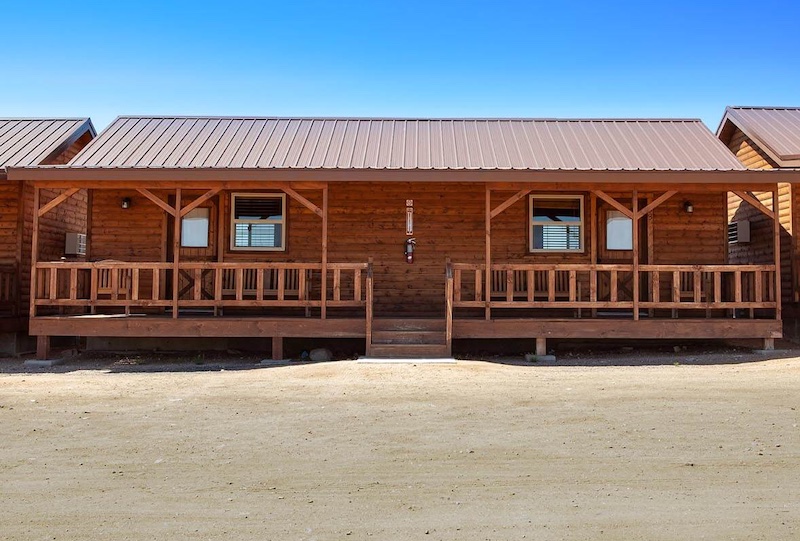
If you’re visiting the Grand Canyon, you’re visiting Hualapai territory. The Hualapai Tribe have resided in the region we now know as Arizona since at least 600 C.E., and their reservation is in Grand Canyon West. Booking a stay at the Indigenous-owned Hualapai Lodge in Grand Canyon West will give you access to Hualapai food, history and tours, an experience above and beyond typical Grand Canyon vacation. The Lodge incorporates Hualapai history with its rugs, pillows and walls — woven fabrics, dark reds, vivid blues. Bear in mind that the Lodge is two hours from the Grand Canyon National Park in Peach Springs, Ariz., but you can still hunt, fish and be led down bubbling rapids on the Colorado River by the Hualapai River Runners. If you want to be closer to the park, the Cabins at Grand Canyon West, also run by the Hualapai Tribe, put you close to the Skywalk — a glass-bottomed bridge 4,000 feet from the canyon floor — and Hualapai-owned ziplines. Check out Eagle Point, a re-creation of an Indigenous town, where the Hualapai Tribe performs traditional music and dances on the weekends. Staying in Grand Canyon West, you’ll get all the insane views and the outdoor adventures, and your money will support the Hualapai Tribe, which does not receive federal funding or government assistance.
Alaskan Dream Cruises
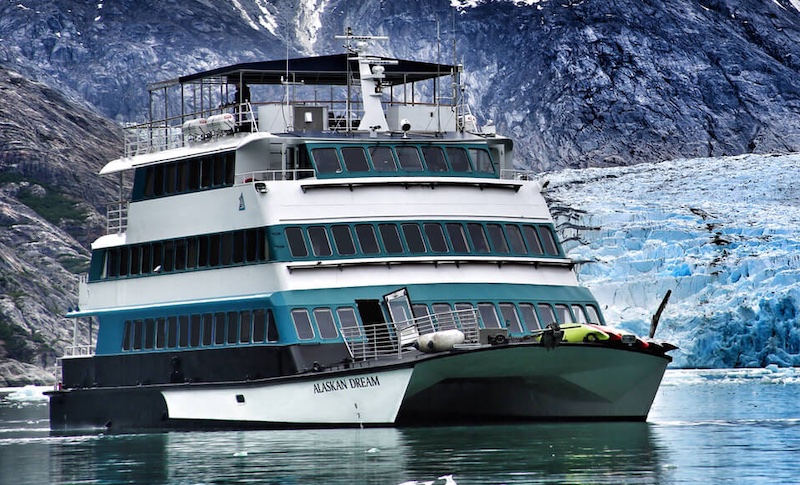
Alaskan Dream Cruises is the only Indigenous-owned cruise line in the United States, and can give you an exclusive look at some of the most beautiful corners and coves on the Alaskan coast. Their fleet has all the comforts of other cruise lines: private bedrooms and bathrooms, viewing windows, Alaskan-made products, a yummy restaurant and room service. But the tours specifically support and honor Alaska’s tribal history, and can take you where few other cruises can go. Hobart Bay, for example, is an 130-square-mile stretch where whales and porpoises splash in the water and black bears and bald eagles hunt the land. This land is Indigenous owned; only Indigenous-owned cruises are allowed to pass through. The cruises stop at small Native villages including Kasaan, where the Haida tribe lives, where a local guide leads the group through the town and gives historical context. Other on-shore activities include expeditions into the Inside Passage, with a focus on markings of southeast Alaska’s Indigenous cultures.


